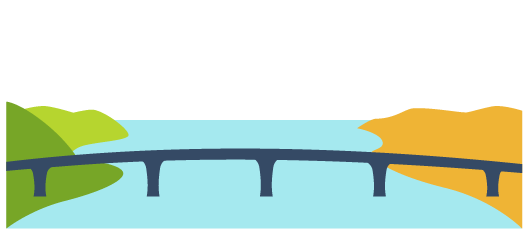Second phase of soil sample collection begins for Hood River-White Salmon Bridge Replacement Project
Critical soil testing is underway again this year as part of the preliminary work needed to design the new Hood River-White Salmon Bridge. Geotechnical engineers with Geotechnical Resources, Inc. (GRI) are currently on the river drilling for soil samples along the new bridge alignment, just west of the existing bridge.
The work began Monday, July 10, and will continue through mid-August.
The overwater drilling crews are working from a barge that will move along the site of the new bridge. Workers will drill 30-160 feet below the riverbed at 10 locations, collecting more than 100 soil samples and about 450 feet of rock core samples.
GRI will test and analyze the soil and rock samples to determine engineering properties such as moisture, density and strength. These data points will inform the design of the foundation system for the replacement bridge.
GRI will also conduct advanced testing to determine the seismic properties of the soil and rock at the site. This will help the project team model the response of the ground and bridge during an earthquake.
The overwater drilling marks the second phase of geotechnical exploration for the bridge replacement project. The first phase took place in February with the collection of rock and soil samples at the Port of Hood River property.
Crews will conduct one more boring on land on the Washington side the first week of August to collect additional samples. These land-based borings help determine underground conditions at the bridge’s endpoints.
What to expect
Drilling work will take place during the daytime between 7 a.m. and 6 p.m.
Work is anticipated to last through mid-August.
Drilling work requires large equipment and may create some noise during work hours; no nighttime work or noise is expected.
Drilling will primarily take place from a barge in the Columbia River, near the existing bridge. The crews will also drill one boring from land on the Washington side, near the bridge’s intersection with Hwy 14, in early August.
Boats and others on the river should always stay clear of the barge. During the day, heavy equipment will be active and there may be boat traffic between the barge and the shore to transfer personnel and equipment.


